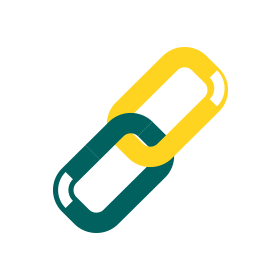Here we will help staff recognise usual patterns of physical development in terms of gross and fine motor and hand skills at different ages.
It is important to note that not all children develop at the same pace and it is typical for different skills to emerge at slightly different times.
For more information on those who do not follow typical patterns of development, and who do not significantly demonstrate the outlined skills, view the next section (click the arrow to expand each one or click here to expand all of the examples):
Age 3-4 Years Old
At this age a child should:
- Have enough motor control to, walk, run, jump, hop, mobilise on stairs, climb, ride a tricycle and engage in ball games.
- Have the ability to use both hands together
- Their pencil control should be increasing
- Be able to look at shapes and recognise what they are, match them, and copy them
- Be able to produce a circle, straight lines, horizontal lines, and crosses (visual motor integration skills)
- Be able to feed themselves using cutlery , do large buttons, cut a straight line with scissors
- Have increased strength in grasps
- Be able to recognise some objects without vision
At 5 Years Old
At this age a child should:
- Be able to skip, tip toe walk, have rhythm with movement, and coordinate movements on large play equipment
- Show hand dominance e.g. when doing the above
- Hold a fork using their fingers, feed themselves soup with little or no spilling, fold paper in half, making sure the edges meet
- Put a key in a lock and open it
At 6 Years Old
At this age a child should:
- Be able to fully and independently dress including organising clothes, using buttons, tying bows and completing the task. Dressing requires the ability to know one’s position in space, body awareness, tone, organisational skills, hand grasps, sensory awareness and so on. It is a complex developmental process moving from gross to refined movement patterns’
- When drawing/writing, use of arm and shoulder decreases with increased use of wrist and fine finger skills
- Be able to use a knife and fork
- Be able to colour within lines
- Be able to copy crosses and diagonals
- Be able to cut a square
At 7 Years Old
At this age a child should:
- Be developing very refined motor skills – learning to ride a bike, writing using cursive script albeit large but clear letters, developing spelling skills
- Children will continued to challenge their abilities and there is a social change – the child will become more independent socially wanting to fit into groups and having close friendships
- Children of this age should have adequate concentration to learn for specified times – however movement is still required to maintain a balance of arousal
At 8 Years Old
At this age a child should:
- Move on to more academic learning ability – because the skills they require to complete tasks are laid down and they have the ability to self maintain arousal levels
- Movement is still an important part of development here however the core skills are there to be generalised into more complex activities
- Development takes a slightly different path – children will continue to push themselves using physical skills but their cognitive abilities start to really take over







